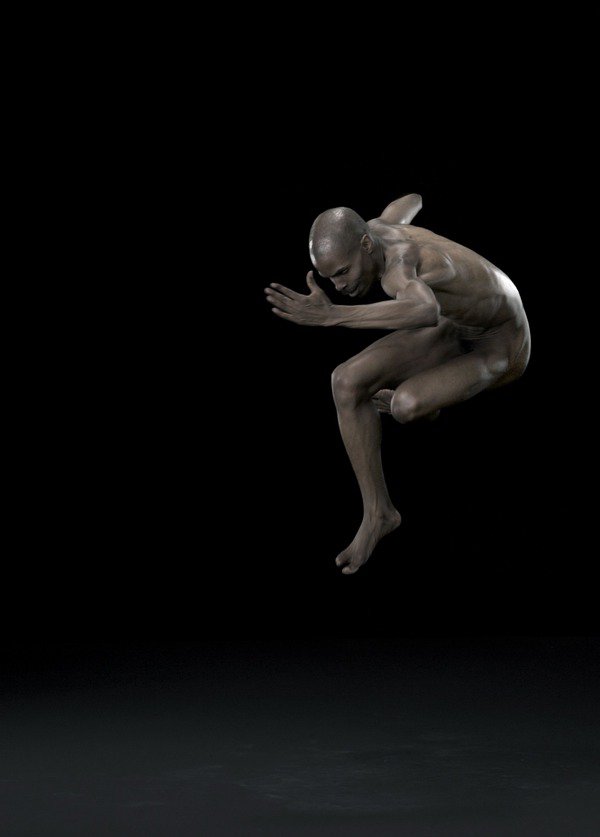David Michalek
dal 4/10/2012 al 5/1/2013
Segnalato da
4/10/2012
David Michalek
Le Laboratoire, Paris
Figure Studies. The work applies the technology of high-speed HD video toward capturing scenes and subject matter reminiscent of the famous Eadweard Muybridge and Etienne-Jules Marey photo-studies of human movement. It applies a similar methodology to a much broader range of human subjects: specia-lized bodies shaped by athletics, dancing, and physical labor, as well as non-specialized bodies.

From 5 October 2012 to 6 January 2013, Le Laboratoire presents its 15th experiment: Figure
Studies by American artist David Michalek. The work applies the technology of high-speed
HD video toward capturing scenes and subject matter reminiscent of the famous Eadweard
Muybridge and Etienne-Jules Marey photo-studies of human movement. Both of these bodies
of work, which constitute some of the greatest achievements of 19th century photography, are
also considered early progenitors of cinema.
Figure Studies was developed with the collaboration of Harvard biologist, Dan Lieberman.
Figure Studies builds on a past work of Michalek’s from 2007, Slow Dancing. The core premise of that
project was quite simple: record a small slice of time (a mere five seconds of dancing) at extremely
high frame rates (3000 frames per second), so that when played back in real time, the seconds would
stretch to a glacially-paced ten minutes. Slow Dancing has now been shown in 17 international cities,
both as an indoor installation and out-of-doors work of public art (often on a large scale).
Figure Studies applies a similar methodology to a much broader range of human subjects: specia-
lized bodies shaped by athletics, dancing, and physical labor, as well as non-specialized bodies.
Within each group, there is a broad range of ages and body-types as well as ethnic and cultural
backgrounds.
Each subject is seen executing a particular movement sequence or concept that was arrived at through
both artistic as well as scientific considerations -- the latter in conjunction with Harvard Biologist, Dr.
Dan Lieberman. He helped to define a variety of biomechanical categories that were explored in
project rehearsals; he also advised on strategies for displaying and evoking those categories. Figure
Studies premiered at Summerhall in the Edinburgh Festival co-commissioned by the Demarco Euro-
pean Art Foundation.
Work by both Muybridge and Marey provided rough starting points, which were then redefined or
reconsidered during rehearsal. Other movements were arrived at through interviews with the sub-
jects (which sometimes revealed a present or past physical practice), as well as improvisation. In the
end, a single movement idea was crystallized into five-second sequence and then recorded during
film production. The resulting films, which typically feature subjects without clothing, are roughly ten
minutes in length.
Figure Studies is displayed on several large projecting screens. The visitor discovers the captivating
force of gestures decomposed by slow motion, which places them somewhere between phantasma-
goria and scientific analysis, inviting the gaze to settle in a space where time is suspended.
Press contact
valerie.abrial@lelaboratoire.org
+33 (0)1 78 09 49 55
Le Laboratoire
4, rue du Bouloi - F-75001 Paris
opening days
Friday, Satursday, Sunday, Monday
from noon to 7 pm
ADMISSION
Regular: 6 euros
Reduced: 4,50 euros
Group rate from 8 personns : 3 euros



